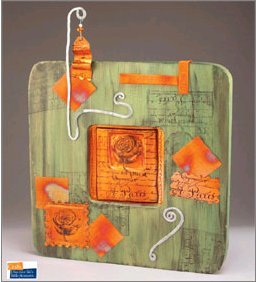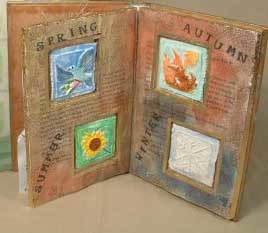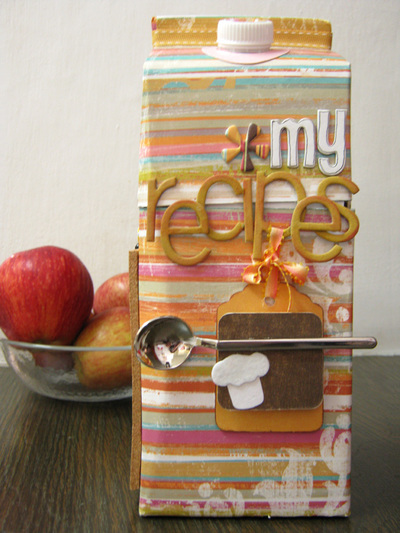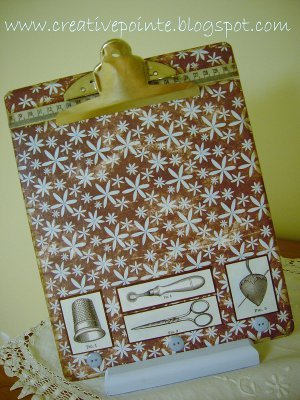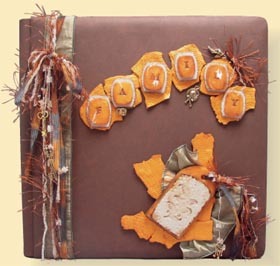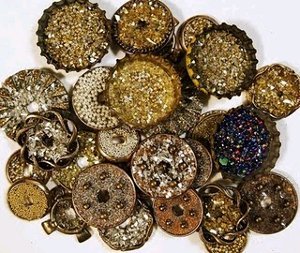Altered Art and Collage Primer
Altered or altered art is simply changing an item into something new, art! Most pieces of altered art are a form of collage. All collages (whether you realized it or not) follow several basic elements of design. Balanced with these elements must be your own personal likes and dislikes of your collage. It may appear that a collage artist has just randomly thrown a bit of this and a touch of that to a collage, but if you take a few minutes to really study a collage you will find each material added to the collage design serves a purpose.
A brief review of the elements of design for altered art and collage:
- Lines: There will be a border or boundary where your altered art or collage begins and ends. You might build a collage on a greeting card or on a sheet of copier paper. The size of this base will limit your boundaries. Your altered art might be a book or a playing card. Both have boundaries. Also within your altered art or collage you may incorporate straight, curved or even broken lines with paper, paint and other embellishments.
- Size and Proportion: When combining lines and shapes, you will also want to consider size. You’ll want to mix and match the sizes from large to small no matter what the finished size of the collage will be. Patterns give texture and dimension to the overall design.
- Shapes: Expand the limitations of lines by including shape. You can bring in circles, squares, rectangles and triangles. These elements may have clean edges or be torn edges of paper and other materials. But, there are shapes seen and some hidden in all altered art and collage. With shapes comes a pattern, which are the visual patterns you create using your materials.
- Color: Colors may coordinate, compliment or contrast. Colors may be bold, bright, muted, highlighted or shaded. Under the category of color is another term, value. Value is the expression of light or dark within a color and then looking at the bigger picture the tones or hues from white to black.
- Motion: Also referred to as movement. The way you place your collage materials will give a ‘map’ or guide for to the viewer’s eye to follow. Consider where you want to grab the viewer’s eye and how you wish for him/her to look at your collage.
Altered Art and Collage Tips
- Have plenty of found objects and embellishments to play with including rubberstamps, scraps of handmade papers, and photographs.
- Play with arrangements before you adhere anything.
- Make sure you have a solid foundation for your work using heavy weight papers.
- Use different color themes and schemes.
Read NextAltered Art Milk Carton

